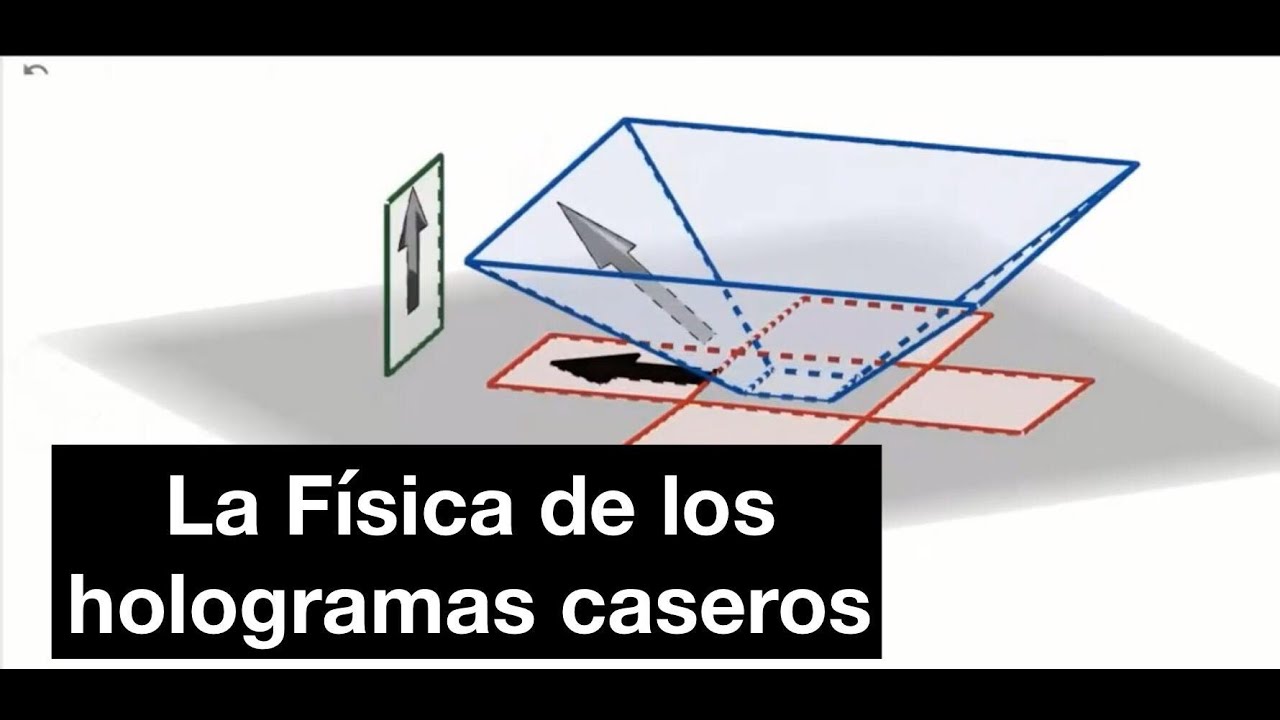Images Formed on Mirrors and Lenses | Grade 10 Science DepEd MELC Quarter 2 Module 4
Summary
TLDRThis educational video script delves into the principles of light reflection and refraction, explaining the differences between regular and irregular reflection. It explores how plane and curved mirrors form images, detailing the law of reflection and defining terms like magnification and orientation. The script further explains the characteristics of images formed by lenses, distinguishing between convex and concave lenses, and their respective real and virtual image formations. It concludes with a mention of upcoming content on the practical applications of mirrors and lenses.
Takeaways
- 💡 Visible light is part of the electromagnetic spectrum, and the lesson focuses on reflection and image formation in mirrors.
- 🔍 Reflection occurs when light rays bounce off surfaces; plane mirrors show specular reflection, where the angle of incidence equals the angle of reflection.
- 🪞 In plane mirrors, images are virtual, upright, laterally inverted, and of the same size and distance from the mirror as the object.
- 🔄 Lateral inversion means the left side of an object appears on the right in its reflection and vice versa, as seen in ambulance signs.
- 🔬 Curved mirrors, like concave and convex mirrors, create different image types based on object placement and surface shape.
- 📏 The mirror equation (1/f = 1/p + 1/q) and magnification equation help calculate image distance, height, and characteristics.
- 🔍 In concave mirrors, objects beyond the center of curvature produce inverted, real images, while closer objects form larger images.
- 🔍 Convex mirrors always create virtual, upright, smaller images, regardless of object location.
- 👓 Lenses, like mirrors, can be convex (converging) or concave (diverging), and they refract light to form images.
- 📝 The lens equation is similar to the mirror equation but uses a different sign convention, depending on the lens type and image location.
Q & A
What is reflection in the context of light?
-Reflection is the bouncing of light rays when they hit a surface, such as a plane mirror. There are two types of reflection: specular (on smooth surfaces like mirrors) and diffuse (on rough surfaces like rocks or buildings).
What is the difference between real and virtual images?
-A real image is formed when light rays converge at a point, while a virtual image is formed when light rays appear to diverge but do not actually converge.
What is lateral inversion in mirrors?
-Lateral inversion is when the left side of an object appears on the right side of the reflected image and vice versa. This happens due to the way light rays reflect off a mirror, and it explains why the word 'AMBULANCE' is written in reverse on emergency vehicles.
How do concave and convex mirrors differ in terms of the images they produce?
-Concave mirrors can produce both real and virtual images, depending on the object's position. Convex mirrors, however, always produce virtual, upright, and smaller images regardless of the object's location.
What happens when an object is placed at the focal point of a concave mirror?
-When an object is placed at the focal point of a concave mirror, no image is formed because the reflected rays travel parallel to each other and do not converge or diverge.
How do convex lenses affect light rays?
-Convex lenses converge light rays that are traveling parallel to the principal axis, bringing them to a focal point. They are thicker in the middle and thinner at the edges.
What is the mirror equation, and how is it used?
-The mirror equation is 1/f = 1/p + 1/q, where f is the focal length, p is the object distance, and q is the image distance. It helps determine the location and size of images formed by mirrors.
What are the characteristics of the image formed by a plane mirror?
-A plane mirror forms a virtual, upright, and laterally inverted image that is the same size as the object and appears at the same distance behind the mirror as the object is in front of it.
What happens when an object is located beyond the 2F point of a convex lens?
-When an object is beyond the 2F point of a convex lens, the image is inverted, smaller than the object, and real. It appears between the F and 2F points on the opposite side of the lens.
How does the magnification of a mirror or lens relate to the size of the image?
-Magnification is the ratio of the image size to the object size. If the magnification is greater than 1, the image is larger than the object. If it is less than 1, the image is smaller. A magnification of 1 means the image is the same size as the object.
Outlines

Dieser Bereich ist nur für Premium-Benutzer verfügbar. Bitte führen Sie ein Upgrade durch, um auf diesen Abschnitt zuzugreifen.
Upgrade durchführenMindmap

Dieser Bereich ist nur für Premium-Benutzer verfügbar. Bitte führen Sie ein Upgrade durch, um auf diesen Abschnitt zuzugreifen.
Upgrade durchführenKeywords

Dieser Bereich ist nur für Premium-Benutzer verfügbar. Bitte führen Sie ein Upgrade durch, um auf diesen Abschnitt zuzugreifen.
Upgrade durchführenHighlights

Dieser Bereich ist nur für Premium-Benutzer verfügbar. Bitte führen Sie ein Upgrade durch, um auf diesen Abschnitt zuzugreifen.
Upgrade durchführenTranscripts

Dieser Bereich ist nur für Premium-Benutzer verfügbar. Bitte führen Sie ein Upgrade durch, um auf diesen Abschnitt zuzugreifen.
Upgrade durchführenWeitere ähnliche Videos ansehen

A Lei de Snell Explicada (Como a Refração Funciona?)

Aprendendo refração, reflexão e fibra óptica!

RESUMEN DE ÓPTICA FÍSICA EN 10 MINUTOS FÍSICA 2º BACHILLERATO

10th Science 1|Chapter no 6.Refraction of light|Easy Trick to learn Whole chapter|Board Exam 2024

LIGHT: REFLECTION AND REFLACTION 💡 Science for Kids ⚡ Part 2 🌈

La Física de los Hologramas Caseros
5.0 / 5 (0 votes)
